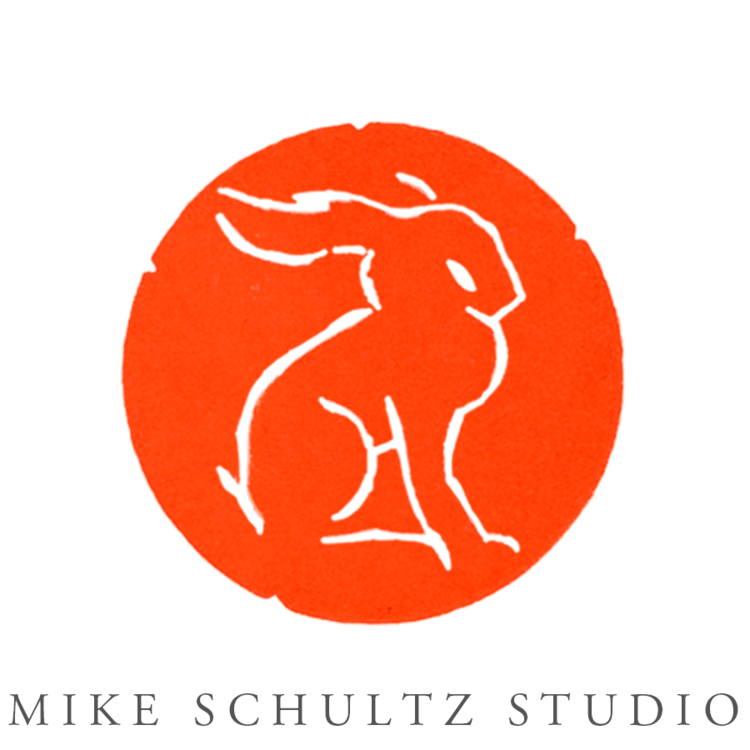E S SA Y - P O P P I E S W I T H D O U B L E H E A D E D B A B Y C O B R A
This painting is about opiate addiction, and the notion that today’s opioid crisis is the modern day equivalent to The Opium Wars of the 19th Century. The physical beauty of the poppy plant, pods and flowers is distinct and plain to see— it has long been a plant used for medicine and pleasure, and in the context of The Opium Wars in the 1800’s, as a weapon to control a population.
About the double headed baby cobra: Cobras are among the most venomous snakes in the world. Double headed snakes do occur in nature, and while they share a single heart and a single set of lungs, they are typically born with double the venom.
The snake shown is a baby, as I was thinking of how all addictions start somewhere young and small and unnoticeable before naturally progressing and evolving into something more all-encompassing for the user. In this case, the baby cobra is hidden, potent, doubly venomous and dangerous, and in the exact center of the piece.
In mythology, double headed snakes are often seen as a symbol of rebirth, and reference the shedding of the old self— (which in this context is when one becomes an addict and sheds the previous incarnation of the non-addicted self), which is not a positive transformation.
In ancient Egyptian mythology, Nehebkau is the primordial snake god who was believed to judge the newly dead after their death. In some temples, a double headed Nehebkau is the serpent deity who guards the entrance to the underworld.
Again, in this context, even someone with a baby-beginner of an addiction using a potent substance like heroin or morphine for the first time— the serpent is welcoming the user into the shadow realm that lies beneath the surface of daily life. Once dependent on a substance, addicts operate in this underworld and in their actions are driven solely by the addiction to the substance.









